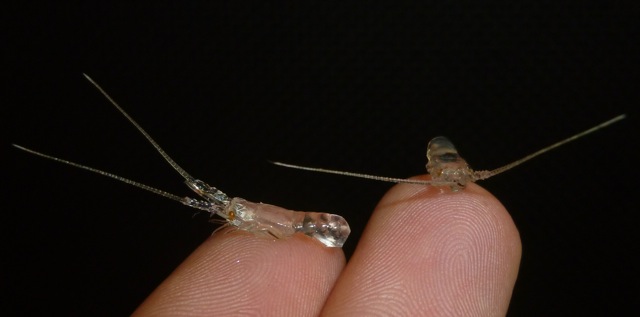When you purchase through links on our land site , we may earn an affiliate commission . Here ’s how it works .
The ocean floor is alive with sound , as snap , squeak , busyness , grunts and rasps emanate from the beast that inhabit this palely lit environment . unexampled research has tot another contribution to this ruckus : rumbling sounds made by the California mantis half-pint , a tunnel - dwelling house , predatory crustacean about 8 to 10 inches ( 20 to 25 centimeters ) long .
The shrimps ' sounds had antecedently been studied in a laboratory , where researchers found that half of the 12 males made low - frequency rumbling interference , while the females remained mute . The male nominate the rumbling sound by vibrating its muscles , using sensory hairs on its body to " listen " rumble made by others . [ Infographic : The Loudest Animals ]

A mantis shrimp,Hemisquilla californiensis, the species recorded rumbling in and around its burrows off the California coast
But scientists , extend by Erica Staaterman , then a staff member at the University of Massachusetts , wanted to see how the mantis shrimp ( Hemisquilla californiensis ) behaved in their natural habitat . So , they set up transcription equipment at two location , near shrimp burrows , off the coast of Santa Catalina Island , Calif. , in March during the early mating season .
compare with the tank - dwellingmantis shrimp , the shrimp survive off the coast of California produced rumbles that were more variable and occurred in rhythmic groups . Based on characteristics of the recording , they determined that multiple shrimp , each making a decided rumble , were give .
At metre , more than two prawn were audible , perhaps representing a mantid shrimp " chorus , " the researchers write in the current issue of the diary Aquatic Biology .

A watercolor depiction of one mantis shrimp rumbling at another.
The shrimp rumbled most during sunrise and dusk hours , when they were most potential to be foraging for solid food or guard their burrow . During the middle of the solar day and at night , the runt retreated into their burrows , closing a mucus jacket crown behind them . The recordings unveil sporadic , low - level sounds during these times .
The rumble are most likely farm as a way for male person to protect territoryand attract females , the researchers write . It is still not clear whether or not females rumble .
Staaterman is now a graduate student at the University of Miami Rosenstiel School of Marine & Atmospheric Science .

















